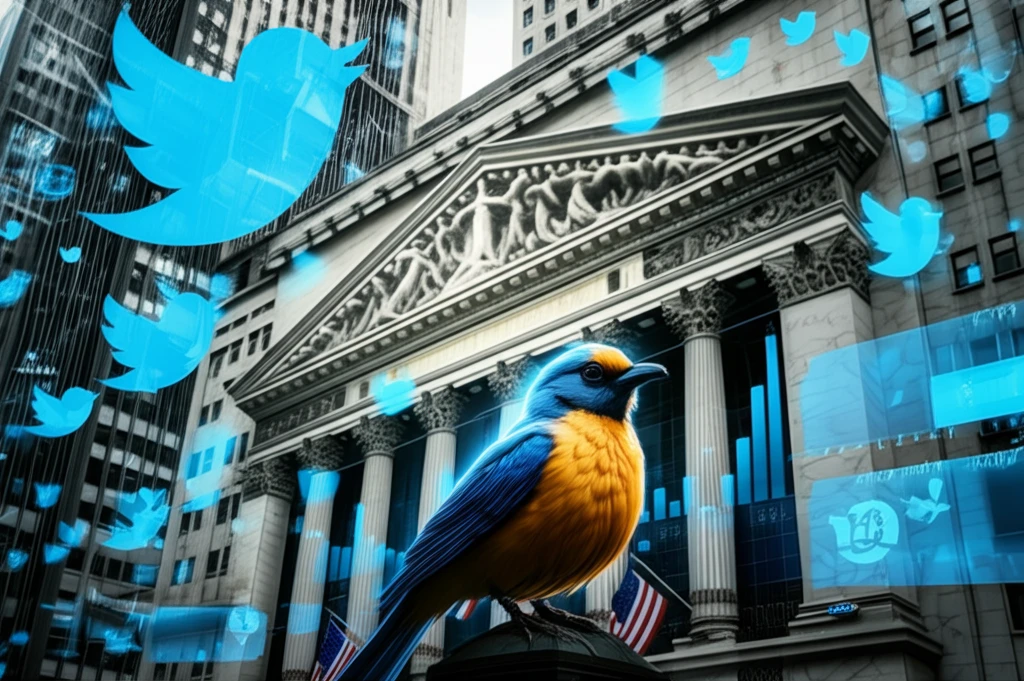
Decoding the Markets: Can Twitter Sentiment Predict the Next Big Stock Move?
"Unlocking the Secrets of Social Media to Anticipate Stock Market Trends"
The stock market: a realm of bulls and bears, gains and losses, and constant uncertainty. For decades, analysts and economists have sought the holy grail of prediction—a reliable method to foresee market movements. The efficient market hypothesis, a cornerstone of financial theory, suggests that current market prices reflect all available information, rendering prediction impossible. Yet, the lure of getting ahead remains irresistible, pushing researchers to explore unconventional data sources.
Enter social media, the digital town square where opinions, anxieties, and hopes converge in real-time. Platforms like Twitter, with its millions of daily active users, offer a vast ocean of public sentiment. Could this collective voice, analyzed and interpreted, provide insights into the notoriously unpredictable stock market? This is the question that has driven a new wave of research, seeking to harness the power of natural language processing and sentiment analysis to decode market behavior.
In a recent study, researchers delved into the relationship between COVID-19 sentiment on Twitter and stock market performance. They hypothesized that public sentiment, reflecting concerns about the pandemic's impact on the economy and confidence in government responses, could influence investor behavior and, consequently, market trends. The results offer a fascinating glimpse into the potential of social media as a predictive tool.
Tweets and Trades: How Sentiment Analysis Works

The study's methodology involved collecting and analyzing tweets containing keywords related to COVID-19. Using sentiment analysis techniques, each tweet was assigned a score indicating its overall sentiment—positive, negative, or neutral. This data was then compared to the performance of major stock market indices, such as the S&P 500, Dow Jones Industrial Average (DJIA), and NASDAQ.
- Data Collection: Gathering tweets related to COVID-19 using specific keywords.
- Sentiment Scoring: Assigning sentiment scores to each tweet based on its content.
- Normalization: Adjusting sentiment scores to account for biases and ensure comparability.
- Comparison: Correlating sentiment scores with stock market index performance over time.
The Future of Finance: Sentiment as a Signal
This study offers a compelling case for the integration of social media sentiment analysis into financial forecasting models. By tapping into the real-time pulse of public opinion, investors and analysts may gain a valuable edge in navigating the complexities of the stock market. As social media continues to evolve as a primary source of information and expression, its role in shaping financial landscapes is likely to grow, offering new opportunities and challenges for those seeking to understand and predict market behavior. Further research into this domain promises to unlock deeper insights and refine the methodologies for leveraging sentiment as a predictive signal.
